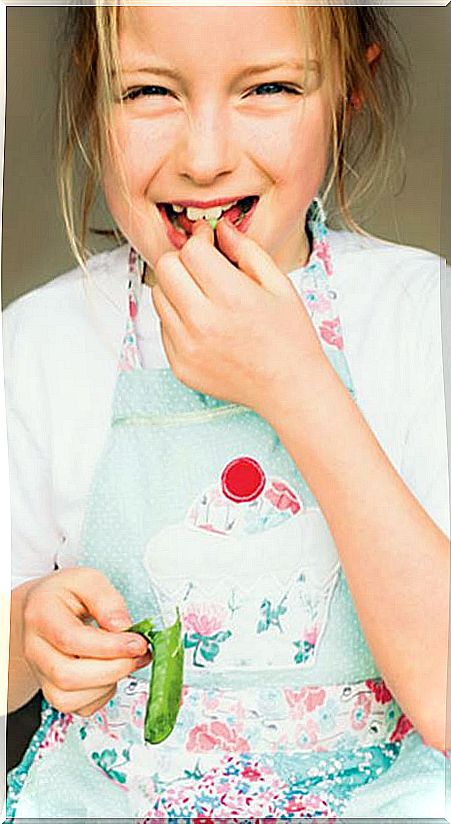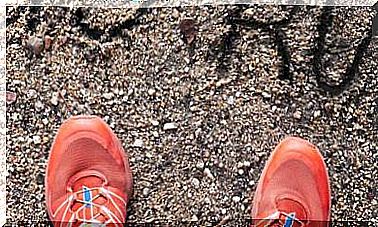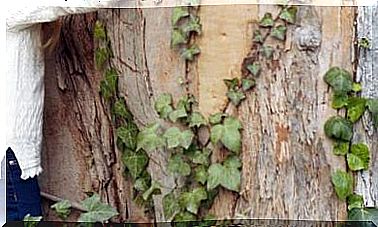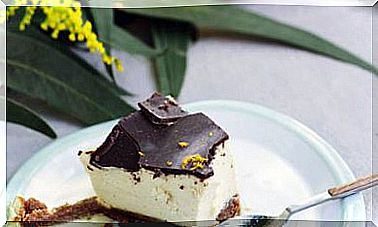6 Food Groups That Should Not Be Absent In The Diet Of A Vegan Child
There is no problem for little ones to eat without meat or fish if these guidelines are followed and a lot of love is added

When a family chooses vegan food, a dimension opens up full of opportunities to improve the health of all, starting with the little ones.
Parents have to ensure that their nutrition is balanced and without deficiencies throughout the growth stage.
1. Cereals
Cereals are the main source of vitality, thanks to their carbohydrates, B vitamins, minerals and fiber. In the form of whole grain flakes they are tender and easy to use. They can be toasted with dried fruit and raisins to make granola.
Rice and wholegrain pasta are guaranteed success, nor does the salad with couscous or corn polenta, which can take fun shapes with the help of molds. Do not forget the value of slices of spelled, wheat or rye bread with sesame or flax seeds.
2. Fruits
Instead of going after the child with the fruit – loaded with its vitamins, minerals, antioxidants and fiber – we will leave a wide variety of pieces in a source at their fingertips so that they can be served whenever they want throughout the day. We will also offer salads, pinchitos or smoothies during the day, especially if they have played sports and are thirsty.
3. Vegetables
Rich in micronutrients and fiber, most children accept them if presented withcreativity . Salads are welcome because they are juicy and have elements of various colors, shapes, textures, and flavors such as tomato, radish, carrot, beet, leafy greens, and sprouts.
Vegetables with a more pungent flavor, such as celery or artichoke, can be used in small quantities and mixed with other ingredients. We can enhance the flavors with raw olive oil, sea salt, soy sauce or sesame salt.
4. Legumes
The vegan children (and vegetarians) should eat more legumes than omnivores. They are your main source of protein, in addition to carbohydrates, fiber, and micronutrients. For those who do not like soups and stews, there are patés, such as chickpea hummus or bean and mushroom hummus.
The soybean is welcomed as hamburger or sausage. As for the tofu and tempeh, we can cut them into pieces and sauté them with onion, pepper, tomato and garlic to mix them with pasta or make fillings.
5. Nuts and seeds
They are an excellent source of essential fatty acids, protein, vitamin E, and calcium. One idea is to put a basket with raw nuts, little or not at all salty, and a cracker at their fingertips, so they can entertain themselves at any time. They are also part of sauces and mueslis, and combine perfectly with dried fruits.
6. The complements
They are both a nutritional resource and a condiment. The debittered brewer’s yeast, very rich in B vitamins, enhances the flavor of creams and rice. The lecithin rich in phosphorus active memory and concentration, can be added to juices and smoothies.
The sesame, as gomasio or tahini paste, is one of the largest sources of calcium are known. The algae are rich in minerals. The wheat germ, with iron and vitamins, serves as a dressing in salads. The flax seeds and chia are sources of omega-3 and can be used in breads or salpicarlas on pates and salads.
It is necessary to supplement the diet of vegan children with vitamin B 12 (between 250 and 1,000 mcg, depending on age, in weekly doses).








